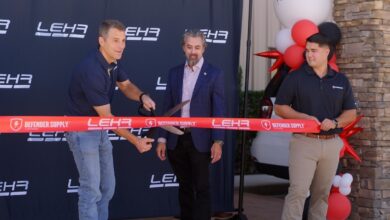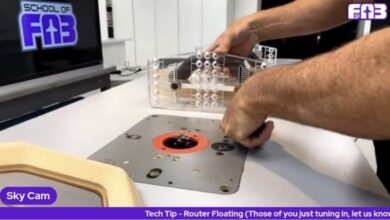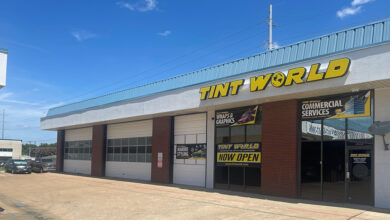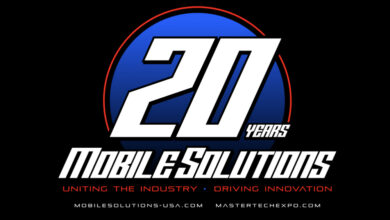U.S. Updates Guidelines for Automated Vehicle Development
The U.S. Department of Transportation (USDOT) has released the third iteration of federal guidance for automated vehicles.
The guidance-called Preparing for the Future of Transportation: Automated Vehicles 3.0-builds upon the government’s voluntary guidance provided in Automated Driving Systems 2.0: A Vision for Safety.
AV 3.0 incorporates the results of extensive stakeholder engagement to provide updated voluntary guidance and policy considerations for a range of industry sectors, including: manufacturers and technology developers, infrastructure owners and operators, commercial motor carriers, bus transit, and State and local governments.
AV 3.0, according to USDOT, supports the safe development of automated vehicle technologies by:
- Providing new multi-modal safety guidance
- Reducing policy uncertainty and clarifying roles
- Outlining a process for working with USDOT as technology evolves
Specifically, the new AV 3.0 guidance provides several updates to USDOT’s initiatives relating to automated vehicles by:
- Stating that the department will interpret and, consistent with all applicable notice and comment requirements, adapt the definitions of driver or operator as appropriate to recognize that such terms do not refer exclusively to a human, but may include an automated system
- Identifying and supporting the development of automation-related voluntary standards developed through organizations and associations, which can be an effective non-regulatory means to advance the integration of automation technologies
- Affirming that the department is continuing its work to preserve the ability for transportation safety applications to function in the 5.9 GHz spectrum
AV 3.0 also announces several upcoming rulemakings and other actions being taken in the near future by the department’s operating administrations, including:
- The National Highway Traffic Safety Administration (NHTSA) will request public comment on a proposal to streamline and modernize the procedures it will follow when processing and deciding exemption petitions
- The Federal Motor Carrier Safety Administration (FMCSA) will initiate an Advance Notice of Proposed Rulemaking to address automated vehicles, particularly to identify regulatory gaps, including in the areas of inspection, repair, and maintenance for ADS
- The Federal Highway Administration (FHWA) has plans to update the 2009 Manual on Uniform Traffic Control Devices (MUTCD), taking into consideration new connected and automated vehicle technologies
- The Federal Railroad Administration (FRA) is initiating research to develop and demonstrate a concept of operations, including system requirements, for the use of automated and connected vehicles to improve safety of highway-rail crossings
- The Maritime Administration (MARAD) and FMCSA are evaluating the regulatory and economic feasibility of using automated truck queueing as a technology solution to truck staging, access, and parking issues at ports
- The Pipelines and Hazardous Materials Administration (PHMSA) is researching the ability to enable the digital transmission of information to first responders before they arrive at an incident that involves hazardous materials
- The Federal Transit Administration (FTA) has published a five-year research plan on automating bus transit
The draft Guidance will be published in the Federal Register for public review and comment. More information on the Department’s work on automated vehicle systems can be found at transportation.gov/av.
GM Support
Meanwhile in an opinion piece for Axios, General Motors Chairman and CEO Mary Barra called for federal legislation to “provide a path for manufacturers to put self-driving vehicles on the roads safely, while allowing continued innovation.” Barra went on to highlight the SELF DRIVE Act, which passed the House of Representatives unanimously, and the AV START Act, similar legislation that is languishing in the Senate, according to the U.S. House Energy & Commerce Committee.
The SELF DRIVE Act was drafted to ensure the safe and innovative development, testing, and deployment of self-driving cars. This bipartisan bill provides federal safety framework to support self-driving technology and its potential to save lives on the road, improve mobility, and create new economic opportunity across the country, according to the Energy & Commerce Committee. Without a national policy, there is a real risk of states developing a patchwork of laws related to self-driving cars. This leads to uncertainty for innovators and investors, and the U.S. losing its competitive edge to countries in Europe and Asia that have already enacted legislation.



